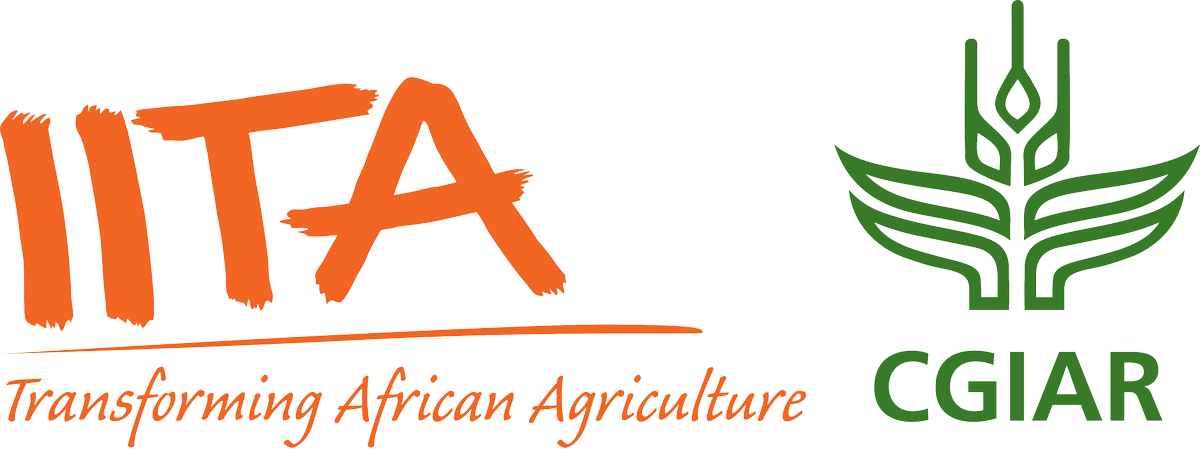| dc.contributor.author | Mignouna, Djana B. |
| dc.contributor.author | Manyong, Victor M. |
| dc.contributor.author | Mutabazi, K.D. |
| dc.contributor.author | Senkondo, E. |
| dc.contributor.author | Madulu, R.B. |
| dc.contributor.author | Labintan, C.A. |
| dc.contributor.author | Akinola, Adebayo A. |
| dc.date.accessioned | 2019-12-04T11:08:24Z |
| dc.date.available | 2019-12-04T11:08:24Z |
| dc.date.issued | 2012 |
| dc.identifier.citation | Mignouna, D.B., Manyong, V., Mutabazi, K. D., Senkondo, E., Madulu, R. B., Labintan, C.A. & Akinola, A. A. (2012). Economic analysis of Imazapyrresistant maize technology for small farm households in western Kenya. Eastern and Southern Africa Journal of Agricultural Economics and Development, 9, 26-38. |
| dc.identifier.issn | 0856-9770 |
| dc.identifier.uri | https://hdl.handle.net/20.500.12478/1818 |
| dc.description | Former Title:- Journal of agricultural economics & development (Morogoro, Tanzania) 0856-9770 |
| dc.description.abstract | Farmers in western Kenya are still facing the problem of Striga, the major constraint to cereal production threatening food security of thousands of poor farming households. Some Striga species also attack tropical legumes hence further augmenting protein malnutrition of vulnerable younger children. Imazapyrresistant maize (IRM) technology is being promoted as a response to the increasing Striga problem. The overall objective was to carry out an economic analysis of IRM, novel technology for Striga control to improve maize production in western Kenya. A multistage sampling technique was used to select a total of 600 households from Nyanza and Western provinces for this study. Gross margins and cost to benefit ratios were used as the main tools in data analysis. Evaluation of the use of IRM indicated that the technology is profitable and viable. Encouraging IRM use by
farmers can improve food production and therefore is relevant to food policy decisions. |
| dc.description.sponsorship | African Agricultural Technology Foundation |
| dc.format.extent | 26-38 |
| dc.language.iso | en |
| dc.subject | Striga |
| dc.subject | Economic Analysis |
| dc.subject | Households |
| dc.subject | Smallholders |
| dc.subject | Technology |
| dc.subject | Imazapyrresistant Maize |
| dc.subject | Witchweed |
| dc.title | Economic analysis of Imazapyrresistant maize technology for small farm households in western Kenya |
| dc.type | Journal Article |
| dc.description.version | Peer Review |
| cg.contributor.crp | Roots, Tubers and Bananas |
| cg.contributor.crp | Policies, Institutions and Markets |
| cg.contributor.affiliation | International Institute of Tropical Agriculture |
| cg.contributor.affiliation | Sokoine University of Agriculture |
| cg.contributor.affiliation | Mikocheni Agricultural Research Institute, Tanzania |
| cg.contributor.affiliation | Zhongnan University of Economic and Law |
| cg.contributor.affiliation | Obafemi Awolowo University |
| cg.coverage.region | Africa |
| cg.coverage.region | East Africa |
| cg.coverage.country | Kenya |
| cg.authorship.types | CGIAR and developing country institute |
| cg.iitasubject | Maize |
| cg.iitasubject | Weeds |
| cg.iitasubject | Plant Diseases |
| cg.iitasubject | Pests Of Plants |
| cg.journal | Eastern and Southern Africa Journal of Agricultural Economics & Development |
| cg.howpublished | Formally Published |
| cg.accessibilitystatus | Limited Access |
| local.dspaceid | 83270 |
